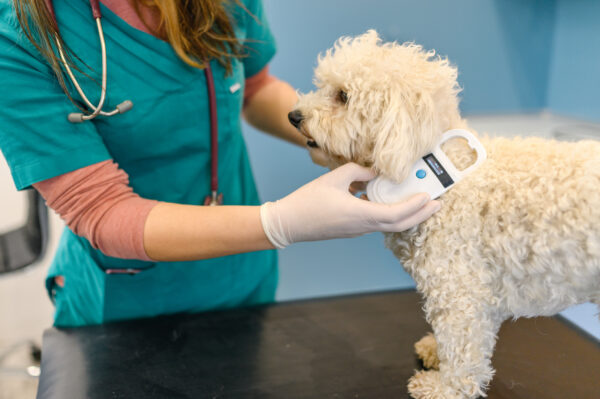With colder temperatures starting to take hold, we need to be mindful of pets suffering from arthritis: an inflammatory condition that can affect one or more joints and is as uncomfortable for pets as it is for humans.
And if you’re wondering why cold weather makes joints more tender, stiff or painful – this appears to be down to the changes in barometric pressure.
Does joint pain only affect older pets?
While it’s most often older pets that suffer from arthritis, pets of any age are prone to the condition. Larger breeds, overweight pets and working dogs are most likely to suffer. It’s worth noting that arthritis is more common after an injury, such as a break or a sprain, as well as genetic conditions like hip dysplasia, or even after surgery.
Symptoms of joint pain
Look out for these signs that might indicate your pet is suffering:
- Lagging on walks
- Sleeping more
- More irritable than usual
- Moving with a limp
- Difficulty when moving
- Reluctance to run and play, jump or take stairs
- Visible discomfort or pain – particularly in the mornings or after rest
If you suspect your pet has any joint issues, we recommend arranging an appointment with your vet to get a thorough examination.
Available treatments
Once your pet has been diagnosed, treatments are available to manage arthritis pain and maintain a good quality of life. These range from anti-inflammatory medication to joint supplements, physiotherapy, hydrotherapy and heat therapy.
While this may sound a bit daunting, don’t worry: a qualified vet will help you find the right treatment for your pet.
How can pet owners help?
The first course of action should be finding the right treatment for your pet, but there are many other ways you can make their life more comfortable alongside treatment.
Choose appropriate bedding
Firstly, ensure they have access to soft and comfortable bedding, well away from cold draughts and hard surfaces. Add layers (like blankets) to offer extra warmth and padding, and if you can, invest in a good-quality bed. Specialist orthopaedic beds will help take pressure off their joints and limbs, moulding to your pet’s shape and supporting them.
Stay active
Gentle and regular exercise will strengthen muscles and encourage blood circulation to joints. Opt for frequent and short activities that your pet can handle, like playing and walking. Try to avoid or limit how often they jump and climb, especially if your pet is older.
Keep them warm
Ensure your dog is protected from cold and wet weather with a coat that’s both water-resistant and windproof. These are ideal for winter walks. Dog booties can also help protect their paws from the cold, although some dogs are not too fond of them.
Watch their weight
Keeping your pet a healthy size is important, as any extra pounds will add strain and cause additional joint discomfort. If they struggle with their weight, a specialist diet for weight management or joint health may help. Always consult with your vet before changing your pet’s diet.
Additional support
If your home has wooden floors or harder surfaces, consider carpets and mats to prevent slipping and discomfort when your pet is walking.
Support your pet further by giving them a daily joint supplement that targets areas of concern, such as Seraquin and YuMOVE. These can help soothe stiffness, promote mobility and assist their joint health in the longer term.
In conclusion
Sourcing the right treatment for your pet is essential, but the first step is preventative care. This is where us pet owners come in. A healthy diet, regular exercise and plenty of cuddles are a great addition to finding the right solution, and can go a long way in helping to keep your pet as happy and comfortable as possible.



